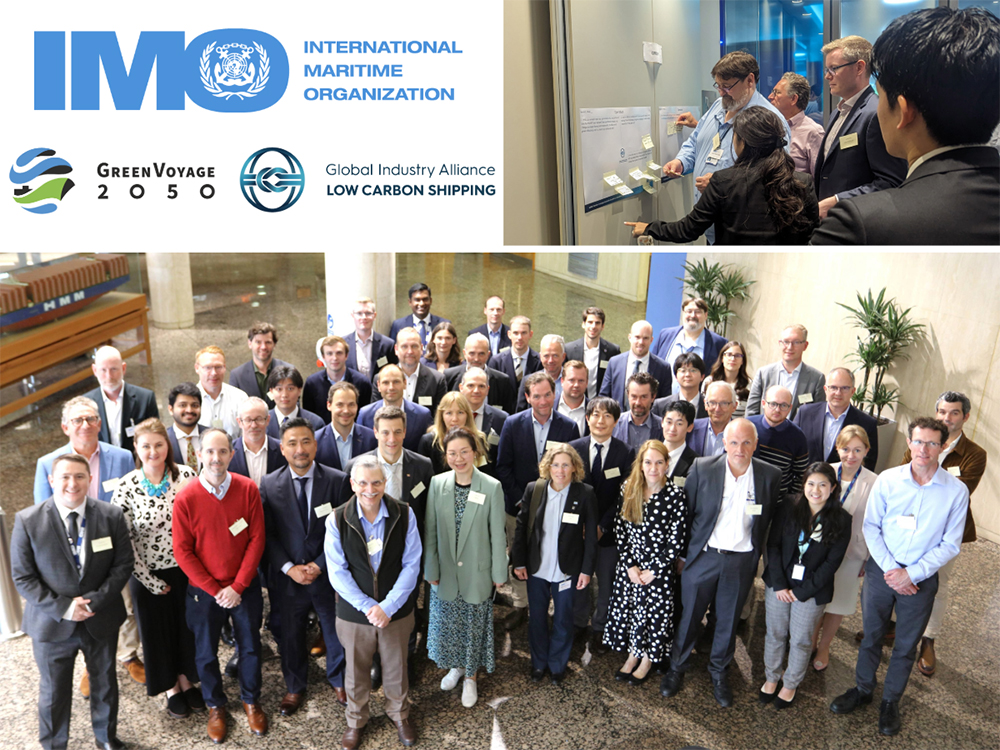The use of wind as an energy source for accelerating shipping’s decarbonization and the opportunities and challenges associated with wind propulsion technology (WPT) adoption were the focus of the inaugural “Wind Propulsion Technology” roundtable held at IMO Headquarters, London (30 May). The event was hosted by the Global Industry Alliance to Support Low Carbon Shipping (Low Carbon GIA).
Wind is a renewable, zero-emission energy source that ships can use to assist propulsion. It is expected to play a key role in the future maritime energy mix, enabling the shipping industry to meet the levels of ambition set out in the 2023 IMO GHG Strategy. Various technologies which can harness wind power have been developed (kites, rigid wings, rotors, soft sails, suction wings, etc.) and are increasingly being installed on cargo ships. However, large-scale adoption of WPT is yet to be realized, and barriers to uptake, particularly in developing countries, need to be better understood.
Supported by the technical assistance from the International Windship Association (IWSA), the roundtable convened shipowners, charterers, technology providers, classification societies, and research institutions, alongside members of the Low Carbon GIA with first-hand and practical experience in WPT projects. The roundtable discussed the various stages of a typical WPT project, from assessing feasibility and accessing finance, to design, installation and operation, and shared lessons learned and best practices for future WPT projects.
Key insights from the roundtable included the need for:
- Strong industry collaboration to share experiences and best practices from WPT projects;
- Standardized assessment and transparent reporting of WPT performance;
- Greater stakeholder awareness across the board on the opportunities and challenges presented by WPT;
- The consideration of longer payback periods which generally disadvantage capital-intensive emission reduction technologies;
- Broader and consistent consideration of wind as an energy source in the development of policy and regulatory frameworks.
As part of the Low Carbon’s GIA’s WPT initiative, additional roundtables will be held to examine each aspect of WPT adoption in depth, with help from industry experts. The information gathered during the roundtables will ultimately lead to the development of a practical guide on WPT implementation.
The Low Carbon GIA is a public-private partnership established under the framework of IMO GreenVoyage2050, a technical cooperation programme supporting developing countries in the implementation of the IMO GHG Strategy. The Low Carbon GIA aims to bring together maritime industry leaders to support an energy efficient and low carbon maritime transport system, through identifying and developing innovative solutions to address common barriers to the uptake and implementation of energy efficiency technologies, operational best practices and alternative low- and zero-carbon fuels.
